For.Ma. The Forgotten Manuscripts – I manoscritti dimenticati della Biblioteca Universitaria di Padova (nn. 688 e 941)

‘For.Ma. – The Forgotten Manuscripts’ è un progetto di ricerca avviato dal Dipartimento di Diritto Privato e Critica del Diritto dell’Università degli Studi di Padova grazie al sostegno economico della Fondazione Cassa di Risparmio di Padova e Rovigo, che l’ha premiato tra i ‘Progetti di Eccellenza 2017’. Il progetto intende studiare e valorizzare due preziosi e quasi dimenticati manoscritti del XII secolo conservati presso la Biblioteca Universitaria di Padova, che contengono alcune parti del Corpus Iuris Civilis, quella monumentale raccolta di testi giuridici romani realizzata da Giustiniano nel VI secolo d.C.
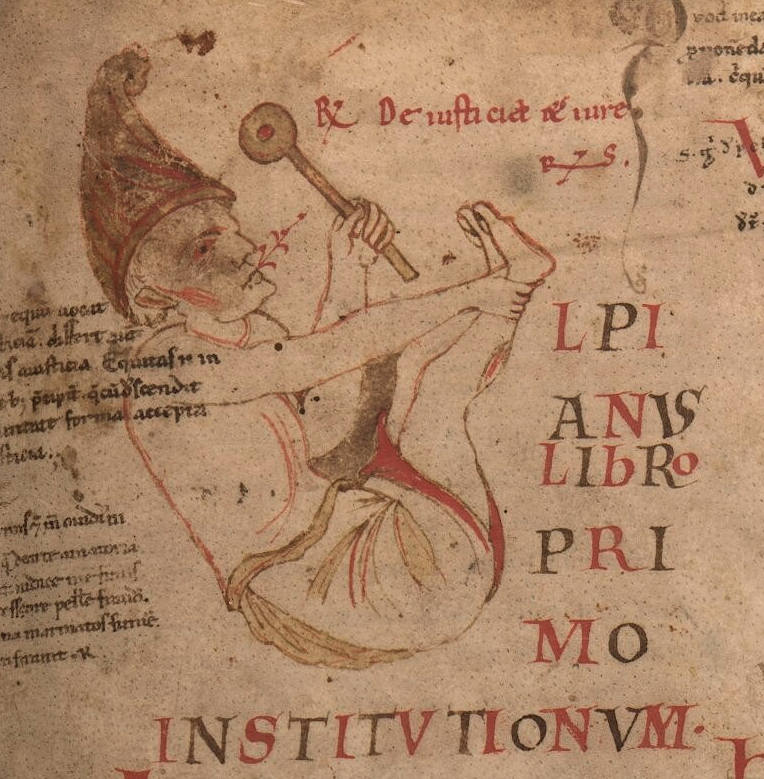
Due di questi manoscritti sono conservati presso la Biblioteca Universitaria di Padova.
Uno di essi, segnato con il n. 941, contiene i primi 24 libri del Digesto, nella sua versione bolognese (o Vulgata). Corrisponde al cd. Digestum vetus, ossia alla prima delle tre parti in cui il Digesto venne diviso (e circolò) durante l’età medievale. Se si esclude il notissimo Codex Florentinus (risalente al VI/VII secolo d.C. e contenente l’intero testo dei Digesta di Giustiniano), sono soltanto tre al mondo gli altri manoscritti, relativi a questa parte del Digesto, antichi quanto quello patavino: essi sono conservati a Parigi, a Lipsia e presso la Città del Vaticano.
L’altro manoscritto oggetto di interesse, il n. 688, contiene i primi 9 libri del Codex repetitae praelectionis di Giustiniano. Si tratta di una delle più antiche testimonianze giunte sino a noi della versione completa dei primi 9 libri di quell’opera, e non di quella ‘ridotta’, nota come Epitome codicis, che ebbe un’ampia diffusione durante il Medio Evo. Nonostante ciò, Paul Krüger non prese in considerazione questo manoscritto per la sua editio maior del Codex, risalente all’anno 1877.
Parte essenziale del progetto For.Ma. è di rendere questi manoscritti liberamente fruibili agli studiosi e agli appassionati, mediante la loro digitalizzazione e il caricamento on-line, nonché attraverso la pubblicazione di due riproduzioni facsimilari.
A ciò si affiancherà uno studio dedicato alle loro caratteristiche, alla loro storia, al ruolo rivestito nella trasmissione, diffusione e interpretazione del Digesto e del Codex nel Medio Evo (specie in Italia settentrionale e a Padova), alla loro posizione e ai rapporti con gli altri manoscritti coevi che contengono i medesimi testi, alla loro rilevanza per l’insegnamento del diritto romano presso l’Ateneo patavino ed infine alla loro importanza nell’ambito del processo di allestimento delle edizioni moderne del Digesto e del Codice, curate da Mommsen e Krüger.
Principal Investigator del progetto è la prof.ssa Paola Lambrini, ordinario di diritto romano presso l’Università degli Studi di Padova.

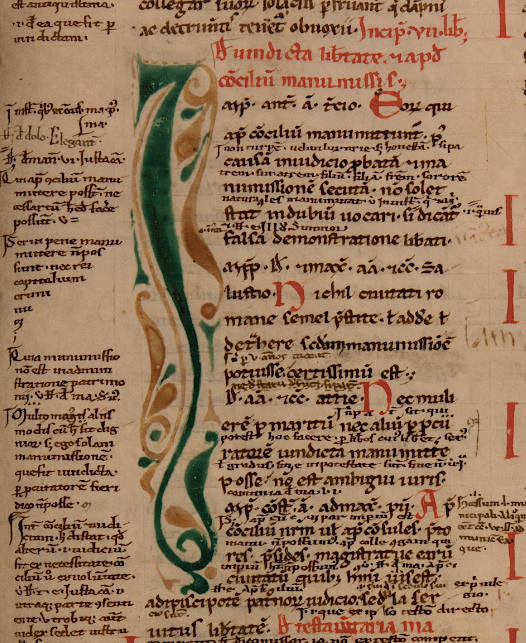
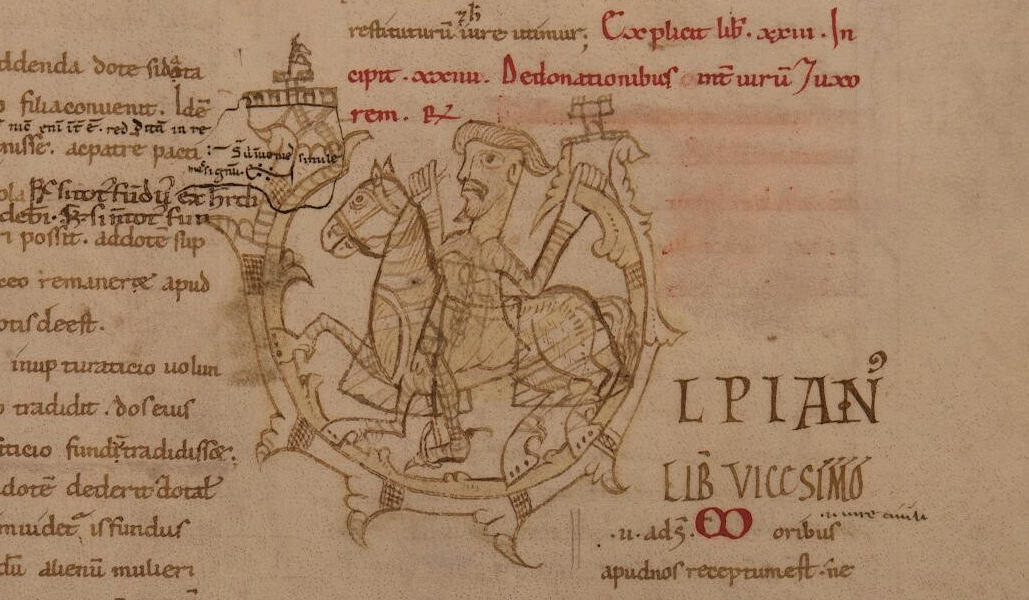




 è un servizio del
è un servizio del